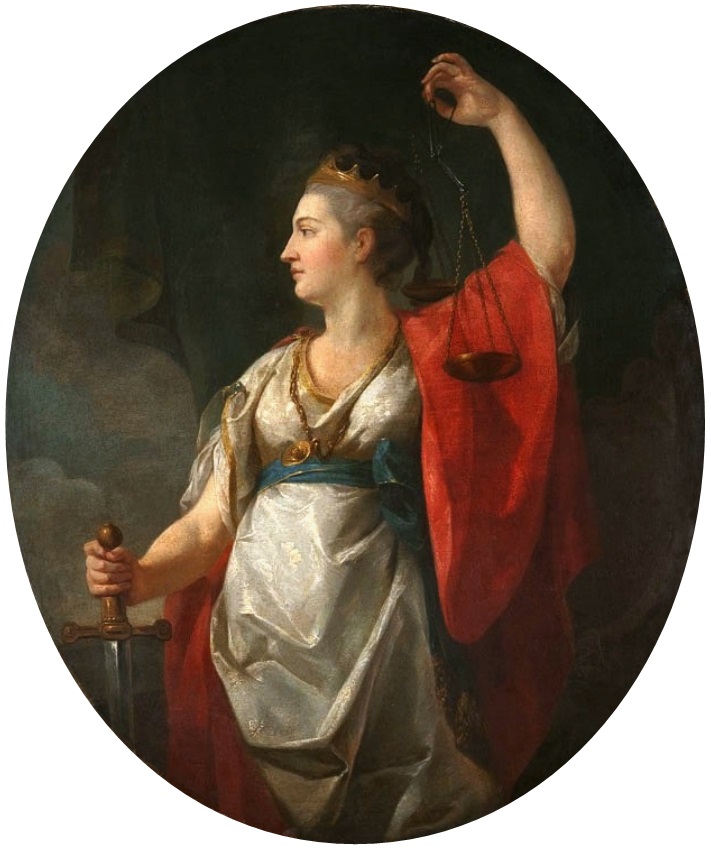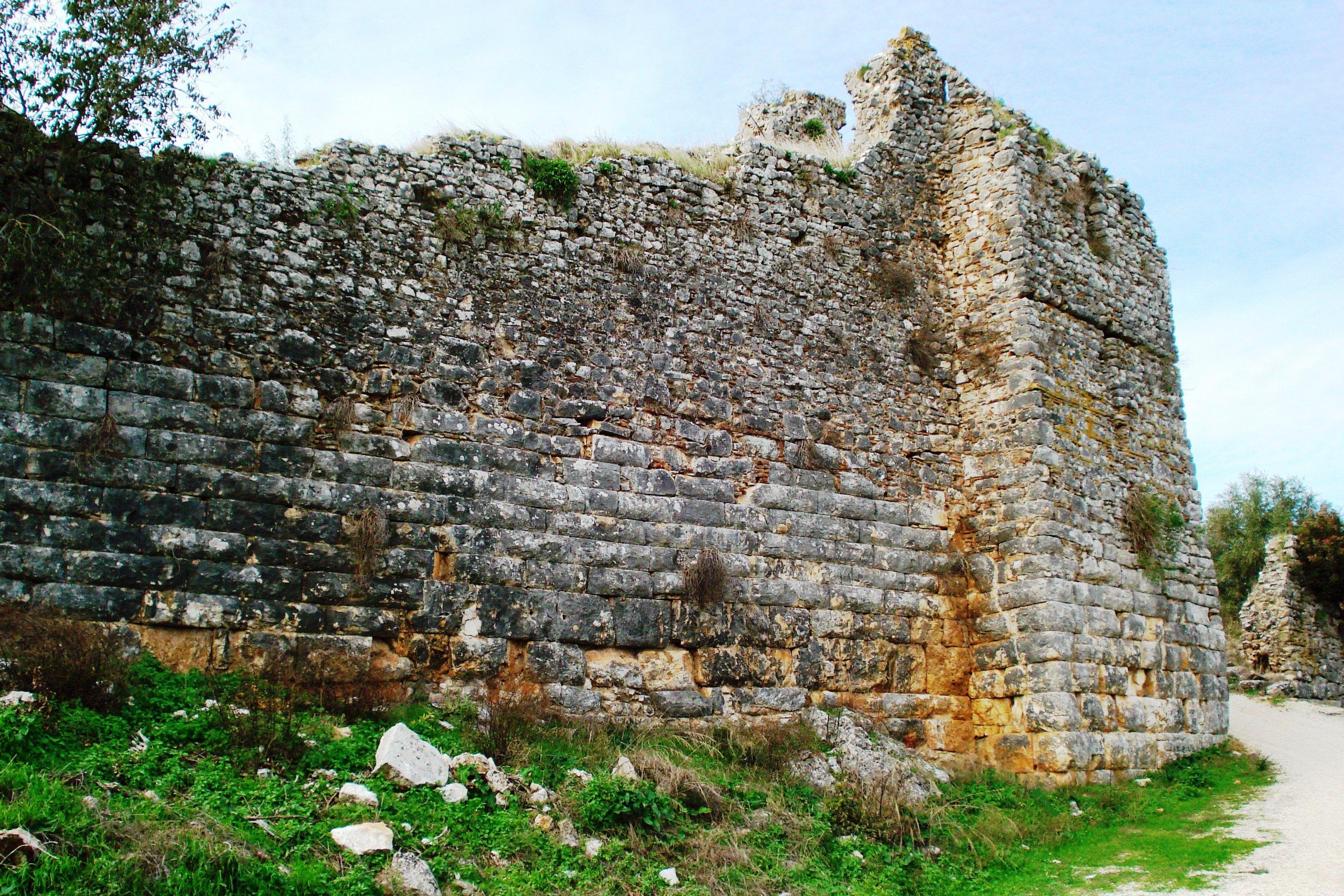|
Buchetium
Buchetium or Bouchetion ( grc, Βουχέτιον), or Buchaetium or Bouchaition (Βουχαίτιον), or Buchetum or Boucheton (Βουχετόν), or Bucheta or Boucheta (Βούχετα), was a city of the Cassopaei in ancient Thesprotia, a little above the sea. According to the legend it got its name because Themis went there, mounted on an ox, during the flood of Deukalion. Its site was occupied by the medieval settlement of Rogoi Rogoi ( el, Ρωγοί) is a Byzantine castle in Nea Kerasounta near Preveza, in western Greece. It is located on the site of the ancient city of Bouchetion (Βουχέτιον), which was abandoned in the late 1st century BC. Re-occupied in th ..., near modern Nea Kerasounta. References Populated places in ancient Epirus Former populated places in Greece Cities in ancient Epirus Elean colonies {{AncientEpirus-geo-stub ... [...More Info...] [...Related Items...] OR: [Wikipedia] [Google] [Baidu] |
Cassopaei
The Cassopaei ( gr, Κασσωπαῖοι) were an ancient Greek tribe living in ancient Epirus and occupying the coast between Thesprotia and the Ambracian Gulf, and bordering upon Nicopolis; their chief town was Cassope (Κασσώπη). The ''Periplus of Pseudo-Scylax'' describes the Cassopaei as living in villages; but they afterwards rose to such power as to obtain possession of Pandosia, Buchaetium, and Elateia. We learn from another authority that Batiae was also in their territory.Theopompus Theopompus ( grc-gre, Θεόπομπος, ''Theópompos''; c. 380 BCc. 315 BC) was an ancient Greek historian and rhetorician. Biography Theopompus was born on the Aegean island of Chios. In early youth, he seems to have spent some time at Athen ... ''ap.'' Harpocr. ''s.v.'' Ἐλάτεια References Sources * Greek tribes Ancient tribes in Epirus Elean colonies {{ancientGreece-stub ... [...More Info...] [...Related Items...] OR: [Wikipedia] [Google] [Baidu] |
Ancient Thesprotia
Thesprotia (; el, Θεσπρωτία, ) is one of the regional units of Greece. It is part of the Epirus region. Its capital and largest town is Igoumenitsa. Thesprotia is named after the Thesprotians, an ancient Greek tribe that inhabited the region in antiquity. History Thesprotia was part of the proto-Greek region in the late Bronze Age in which Greek archaic toponyms are were densely found. In antiquity, the territory of modern Thesprotia was inhabited by the ancient Greek tribe of Thesprotians and was bordered by the neighboring regions of Molossia to the north and Chaonia to the east. Thesprotia was part of the Epirote League before it was annexed by Rome where it became part of the Roman province of Epirus. After the fragmentation of the Roman Empire into East and West, it was part of the Eastern Roman (Byzantine) Empire until the late Middle Ages, except for a period of Bulgarian rule in the 9th-11th centuries. In c. 1430 it fell to the Ottomans. From the 8th-9th unti ... [...More Info...] [...Related Items...] OR: [Wikipedia] [Google] [Baidu] |
Themis
In Greek mythology and Ancient Greek religion, religion, Themis (; grc, Θέμις, Themis, justice, law, custom) is one of the twelve Titans, Titan children of Gaia and Uranus (mythology), Uranus, and the second wife of Zeus. She is the goddess and personification of justice, divine order, fairness, law, and custom, and her symbols include the Scales of Justice (symbol), Scales of Justice. She is also associated with oracles and prophecies, including the Pythia, Oracle of Delphi. Name ''Themis'' means "divine law" rather than human ordinance, literally "that which is put in place", from the Greek verb ''títhēmi'' (wikt:τίθημι, τίθημι), meaning "to put." To the ancient Greeks she was originally the organizer of the "communal affairs of humans, particularly assemblies." Moses Finley remarked of ''themis'', as the word was used by Homer in the 8th century BCE, to evoke the social order of the 10th- and 9th-century Greek Dark Ages: Finley adds, "There was ''them ... [...More Info...] [...Related Items...] OR: [Wikipedia] [Google] [Baidu] |
Deukalion
In Greek mythology, Deucalion (; grc-gre, Δευκαλίων) was the son of Prometheus; ancient sources name his mother as Clymene, Hesione, or Pronoia.A scholium to ''Odyssey'' 10.2 (='' Catalogue'' fr. 4) reports that Hesiod called Deucalion's mother "Pryneie" or "Prynoe", corrupt forms which Dindorf believed to conceal Pronoea's name. The emendation is considered to have "undeniable merit" by A. Casanova (1979) ''La famiglia di Pandora: analisi filologica dei miti di Pandora e Prometeo nella tradizione esiodea''. Florence, p. 145. He is closely connected with the flood myth in Greek mythology. Etymology According to folk etymology, Deucalion's name comes from , ''deukos'', a variant of , ''gleucos'', i.e. "sweet new wine, must, sweetness" and from , ''haliéus'', i.e. "sailor, seaman, fisher". His wife Pyrrha's name derives from the adjective , -ά, -όν, ''pyrrhós, -á, -ón'', i.e. "flame-colored, orange". Family Of Deucalion's birth, the ''Argonautica'' (from t ... [...More Info...] [...Related Items...] OR: [Wikipedia] [Google] [Baidu] |
Rogoi
Rogoi ( el, Ρωγοί) is a Byzantine castle in Nea Kerasounta near Preveza, in western Greece. It is located on the site of the ancient city of Bouchetion (Βουχέτιον), which was abandoned in the late 1st century BC. Re-occupied in the 9th century, it became a bishopric and was refortified, playing an important role in the region's history in the 14th and early 15th centuries. It was abandoned again after the Ottoman conquest in 1449. Location The castle is located west of the village of Nea Kerasounta, on a 29 m tall hill on the northern bank of the Louros river, which surrounds the base of the hill on the eastern, southern and western sides. The castle was built on the location of the acropolis of the ancient city of Bouchetion. Despite its inland location today, in Antiquity the hill seems to have been an island, and literary references confirm that Rogoi remained a coastal location in the Middle Ages as well, with the Ambracian Gulf extending further to th ... [...More Info...] [...Related Items...] OR: [Wikipedia] [Google] [Baidu] |
Populated Places In Ancient Epirus
Population typically refers to the number of people in a single area, whether it be a city or town, region, country, continent, or the world. Governments typically quantify the size of the resident population within their jurisdiction using a census, a process of collecting, analysing, compiling, and publishing data regarding a population. Perspectives of various disciplines Social sciences In sociology and population geography, population refers to a group of human beings with some predefined criterion in common, such as location, race, ethnicity, nationality, or religion. Demography is a social science which entails the statistical study of populations. Ecology In ecology, a population is a group of organisms of the same species who inhabit the same particular geographical area and are capable of interbreeding. The area of a sexual population is the area where inter-breeding is possible between any pair within the area and more probable than cross-breeding with i ... [...More Info...] [...Related Items...] OR: [Wikipedia] [Google] [Baidu] |
Former Populated Places In Greece
A former is an object, such as a template, gauge or cutting die, which is used to form something such as a boat's hull. Typically, a former gives shape to a structure that may have complex curvature. A former may become an integral part of the finished structure, as in an aircraft fuselage, or it may be removable, being using in the construction process and then discarded or re-used. Aircraft formers Formers are used in the construction of aircraft fuselage, of which a typical fuselage has a series from the nose to the empennage, typically perpendicular to the longitudinal axis of the aircraft. The primary purpose of formers is to establish the shape of the fuselage and reduce the column length of stringers to prevent instability. Formers are typically attached to longerons, which support the skin of the aircraft. The "former-and-longeron" technique (also called stations and stringers) was adopted from boat construction, and was typical of light aircraft built until the ... [...More Info...] [...Related Items...] OR: [Wikipedia] [Google] [Baidu] |
Cities In Ancient Epirus
A city is a human settlement of notable size.Goodall, B. (1987) ''The Penguin Dictionary of Human Geography''. London: Penguin.Kuper, A. and Kuper, J., eds (1996) ''The Social Science Encyclopedia''. 2nd edition. London: Routledge. It can be defined as a permanent and densely settled place with administratively defined boundaries whose members work primarily on non-agricultural tasks. Cities generally have extensive systems for housing, transportation, sanitation, utilities, land use, production of goods, and communication. Their density facilitates interaction between people, government organisations and businesses, sometimes benefiting different parties in the process, such as improving efficiency of goods and service distribution. Historically, city-dwellers have been a small proportion of humanity overall, but following two centuries of unprecedented and rapid urbanization, more than half of the world population now lives in cities, which has had profound consequences for g ... [...More Info...] [...Related Items...] OR: [Wikipedia] [Google] [Baidu] |





